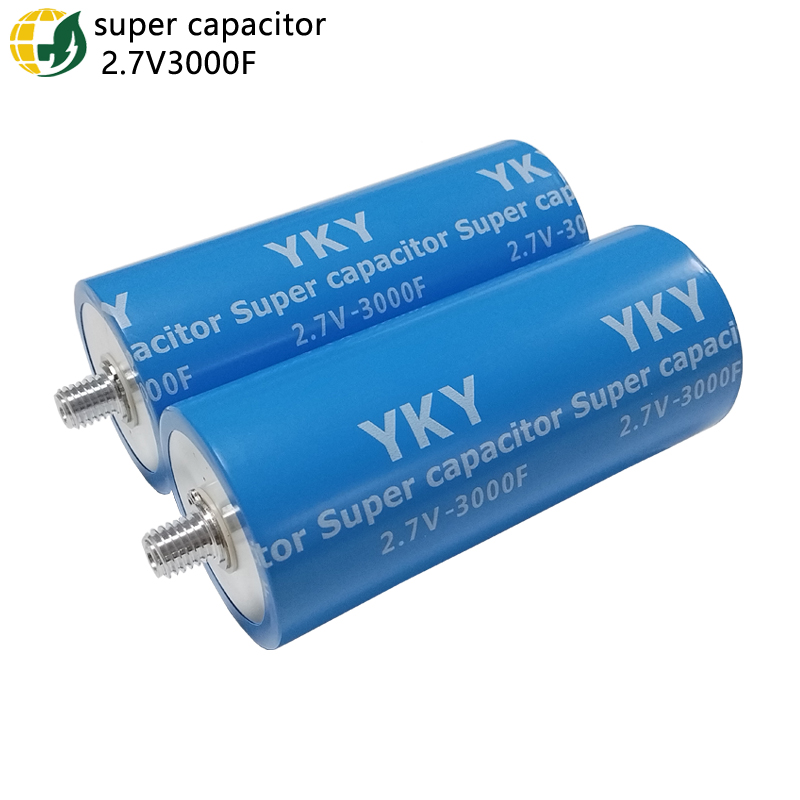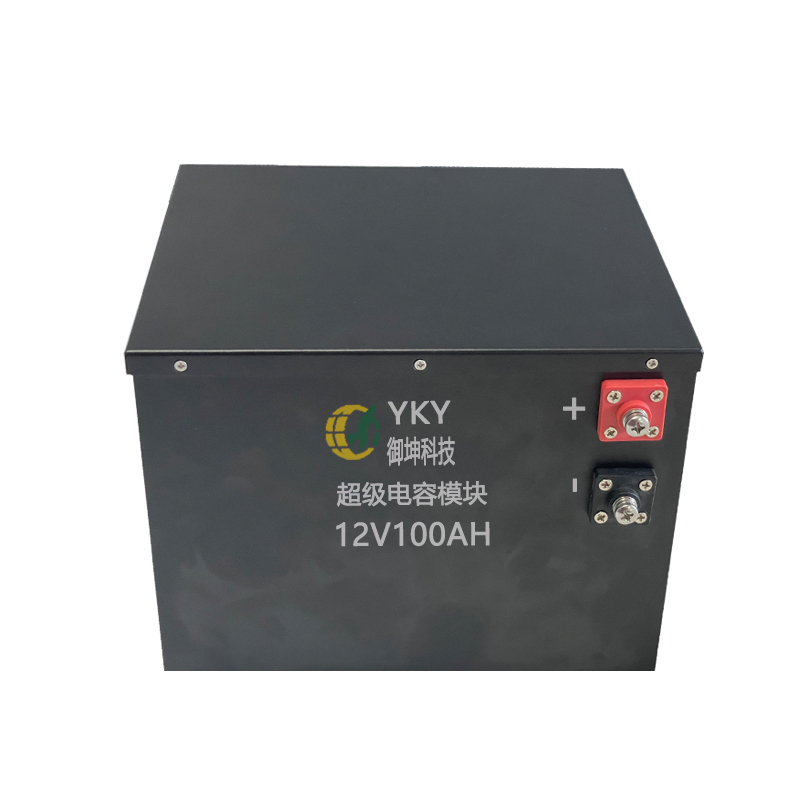Consulting phone:
135-3037-2041
(Mr.Wang)
Is balancing the individual components of supercapacitor modules so important?
To explore the problem of balancing supercapacitor module cells, let's first take a look at what results will occur if the module cells are unbalanced.
Usually, due to the low voltage of supercapacitors, series connection is used to meet the voltage requirements. Essentially, due to the inherent dielectric layer between the positive and negative electrodes inside a supercapacitor, a current path is formed. Therefore, a small current needs to be applied between the positive and negative electrodes to maintain a constant voltage. People call this current "leakage current". When the applied current is disconnected, a reverse current will be generated inside, This is also commonly referred to as the "self discharge phenomenon". However, due to the different capacities between different cells and the continuous changes in leakage current, voltage imbalance can occur between different cells. Therefore, a key indicator of module design is that the cell voltage should not exceed the rated voltage of the cell. When the cell voltage exceeds the rated voltage, it is easy to cause rapid capacity decay and equivalent series resistance (ESR) Increasing and generating heat can lead to a shortened lifespan of the monomer. 
Usually, active or passive balancing schemes are considered to solve this problem. The design concept of the passive balancing scheme is to parallelize resistors with the same resistance value for each individual cell, and the discharge speed of cells with higher voltage will be faster, so as to achieve consistent cell voltage. Due to the low energy density of supercapacitors, passive balancing is usually suitable for long-term float charging applications. In such applications, the module is in a continuous charging state, and there is no need to consider the problem of insufficient energy caused by self discharge during long-term use. In application scenarios where charging is not possible for a long time, an active balancing scheme is usually adopted to maintain changes in energy storage. Before use, the load is cut off through active balancing, which minimizes the equilibrium discharge time.
Technical advantages:
Test the series modules without any active or passive equalization, as previously predicted, there will be voltage differences between the individual units at the beginning of the testing phase; After 500 hours, the standard deviation of individual voltage gradually increases, indicating that the voltage difference between individual cells gradually increases, but has not yet exceeded the rated voltage range of 2.7V; After 500 hours, the pressure difference between the individual cells began to decrease, and the standard deviation gradually decreased. After 1676 hours, the standard deviation of the voltage within the module decreased to 50% of the initial stage. The test module consists of 6 individual series modules with a nominal voltage of 2.7V, and the voltage calculation formula is: 2.7V * 6=16.2V. Due to the lack of balance, it is necessary to ensure that the test voltage of the module is slightly lower than the rated voltage to ensure that the voltage of the individual unit does not exceed the rated voltage.
